By Barbara de Alfaro
Last December, in the early hours of the morning, Mountain View’s City Council unanimously voted to approve the North Bayshore Precise Plan, allowing for the construction of 3.6 million square feet of office space and 9,850 new housing units for Google and its employees in North Bayshore 1. The project will provide some relief for the city desperate for housing, while revitalizing an under-utilized part of town.
The North Bayshore Plan will completely remake the neighborhood lodged between Highway 101 and the San Francisco Bay, transforming it into a vibrant area of residences, office space, parks, retail, and business locations. North Bayshore, now a suburban sprawl of low-rise office buildings, will become a high density, mixed-use neighborhood. City planning will allow for office buildings up to 8 stories tall, and residential buildings up to 15 stories tall.2 Both City Hall officials and Google representatives have also stressed the importance of making the new development well integrated to non-automobile transit and respectful of the sensitive habitat it will border.
While the company currently owns 58 percent of the land meant for residential development in the area, it will likely only be able to develop on 55 percent of it, due to local density limits.3 Of the proposed 9,850 new homes, 70 percent will be studios and 1-bedrooms, 20 percent 2-bedrooms, and 10 percent 3-bedrooms. 20 percent of the total units will additionally be reserved as affordable housing, in accordance to city policy.2 These will be partially developed by Google through yet to be announced partners, but will not be restricted to its employees. The company has not published a timeline for the construction.
The addition of nearly 10,000 homes is badly needed in the context of the housing crisis in Silicon Valley. From 2010 to 2015, 367,000 jobs were added in the Mountain View area, while only 57,000 new homes were built. Mountain View itself has a ratio of 2.7 workers per housing unit, second in the South Bay only to Palo Alto, which has 3.8 workers per home.2 While Mountain View has done some work to address this issue and build more housing, particularly along El Camino Real, many other cities around it have been slower to build. As the Silicon Valley Business Journal puts it, “without buy-in from surrounding cities to build housing, Mountain View could become a bedroom community for workers in other municipalities that have built offices paired but approved few or no new residential projects.”3
The North Bayshore Plan’s emphasis on the addition of new homes, especially affordable ones, has won it high praise from City Hall officials and activists alike. Mountain View Vice Mayor Lenny Siegel commented that this was “a cutting edge plan that sets a standard […] not just for the Bay Area, but for the rest of the country.”2 Pilar Lorenzana, the deputy director of Silicon Valley at Home, also voiced his support, saying “This is a leap forward for the entire Bay Area. No other city is trying to add this many homes.”2
Getting to where we are today was no easy feat. Plans for the development of North Bayshore had been circulating City Hall since 2008, meaning it took close to 10 years for both parties to develop a common ground plan. At one point in the process, Google threatened to pull its support for the residential units, making them impossible to build, if the city did not accept its request for more office space. The company then inexplicably reversed its position less than a week later, and pledged full support of the units.4 Despite this occasionally tumultuous relationship, the plan approved by City Hall last december can be seen as a model for relations between a tech giant and a city of about 80,000. The construction of housing is especially noteworthy: no other company has pledged to build as many new homes in the Silicon Valley, despite the ever growing need.
Unfortunately, Google’s success in its partnership with Mountain View has not been replicated elsewhere. For instance, the company’s expansion plans in downtown San Jose have been mired in protests from local activists, who claim the project will displace residents and raise already exorbitant property prices.
The proposed San Jose expansion would create a huge Google campus spread over 8.4 acres near Diridon Station, and create 20,000 new jobs.5 So far, Google has spent $221.6 million purchasing land in the area, as it hopes to build a “village” that will be integrated to the Diridon Station transit hub, which connects Caltrain, Amtrak, ACE Train, and the planned Capitol Corridor Train and BART extension.
While the Bayshore development plans account for close to 10,000 new residential units, the Diridon Station plans would only create 2,588 units for 20,000 new jobs.6 This lack of housing development has been at the center of critics of the plan. As one protester explains, “The prospect of thousands of well-paid Google employees further boosting already lofty housing prices in the area and potentially displacing residents needs to be addressed in the planning.”7
Despite this obvious flaw, here too the mood for collaboration between tech giant and city government is enthusiastic. “Diridon Station, with all of its transit links, could serve as a gateway to downtown San Jose, in the same way that Grand Central Terminal is a key access point to Manhattan”, proclaimed an optimistic local newspaper.8 If only San Jose approved 15 story residential buildings as well, though not quite Manhattan-scaled skyscrapers, housing activists might be more optimistic as well.
While Google’s partnership with Mountain View is acclaimed as a step in the right direction, other projects with other cities and companies have yet to promise as much residential development as the Bayshore plan.
References
- “New Housing to Sprout up in Mountain View.” Greenbelt Alliance, 20 July 2018, www.greenbelt.org/blog/northbayshorehousingtosproutupinmountainview/.
- Hansen, Louis. “GoogleBacked Massive Housing and Office Plan Wins Approval.” The Mercury News, 14 Dec. 2017, www.mercurynews.com/2017/12/12/googlesmassivehousingandofficeplanpoisedforapproval/.
- Bitters, Janice. “Mountain View Approves Nearly 10,000 Homes by Google’s North Bayshore Project.” Silicon Valley Business Journal, 13 Dec. 2017, www.bizjournals.com/sanjose/news/2017/12/13/mountainviewgooglenorthbayshoreapproval.html.
- Noack, Mark. “Google Relents on Bid for More Offices in North Bayshore.” Mountain View Voice, 3 Oct. 2017, www.mvvoice.com/news/2017/10/02/googlerelentsonbidformoreofficesinnorthb ayshore.
- Avalos, George. “Google, San Jose Plan Search Giant’s Downtown Expansion; up to 20,000 Jobs Possible.” The Mercury News, The Mercury News, 15 Jan. 2018, www.mercurynews.com/2017/06/06/googlesanjosecraftsearchgiantsdowntownexpansion/.
- “Diridon Station Area Plan.” San Jose Diridon Station Area Community Engagement, www.diridonsj.org/diridonstationareaplan.
- Avalos, George. “Google San Jose Village Advisory Group Ponders Project’s Impacts for Housing, Jobs, Economy.” The Mercury News, The Mercury News, 15 Aug. 2018, www.mercurynews.com/2018/08/13/googlesanjosevillagepanelpondersjobseconomichousingimpacts/.
- Avalos, George. “Google Village in Downtown San Jose Would Connect Local Neighborhoods, Company Vows.” The Mercury News, The Mercury News, 25 May 2018, www.mercurynews.com/2018/05/23/googlevillageindowntownsanjosewouldconnectlocalneighborhoodscompanyvows/.

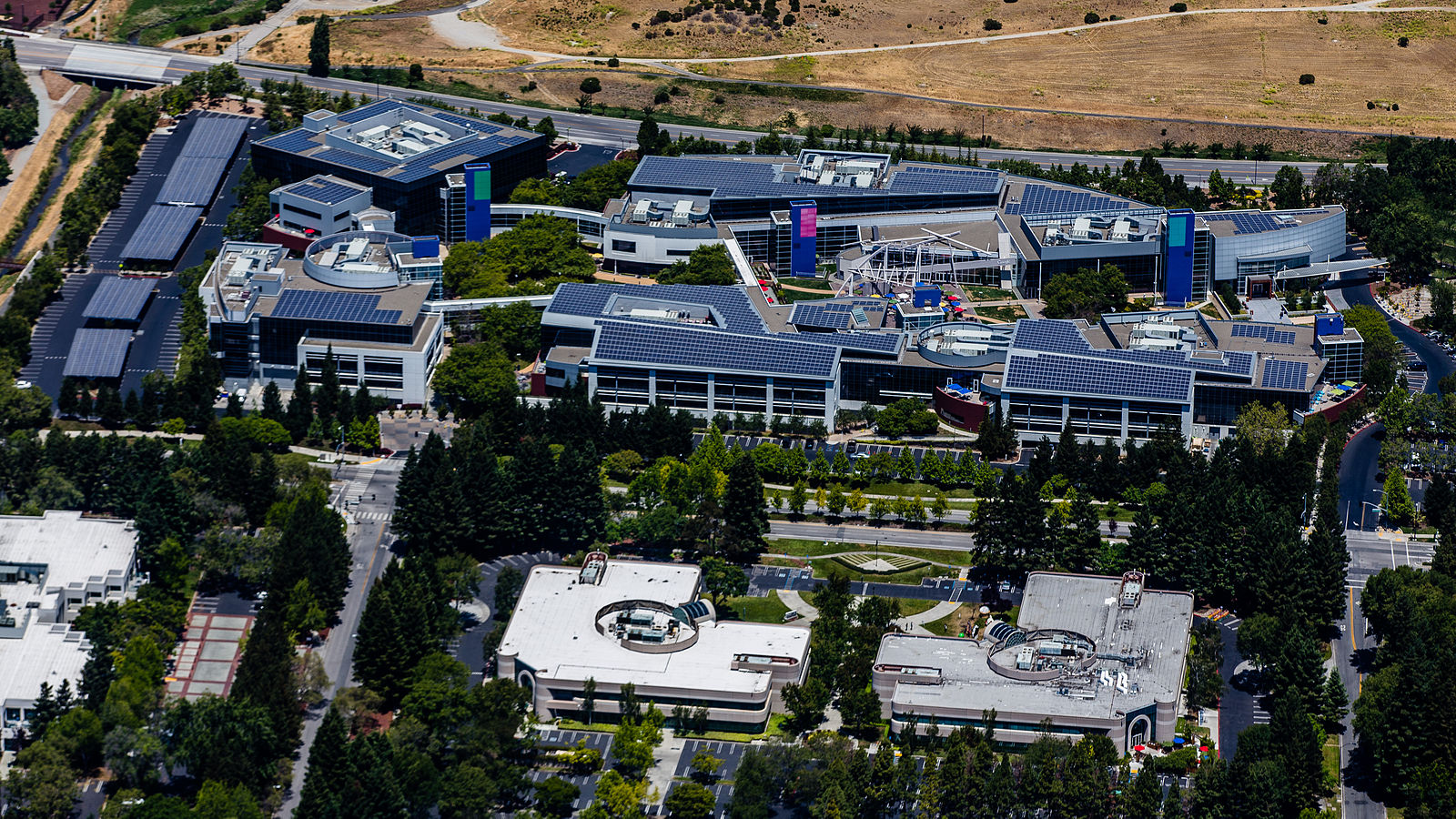
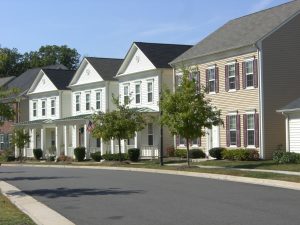
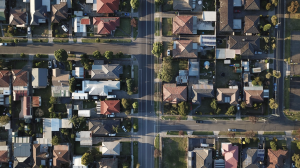


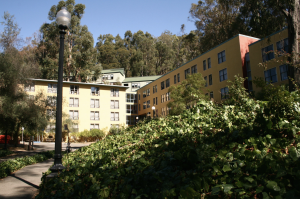
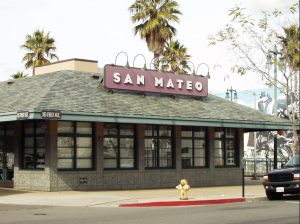
Be First to Comment